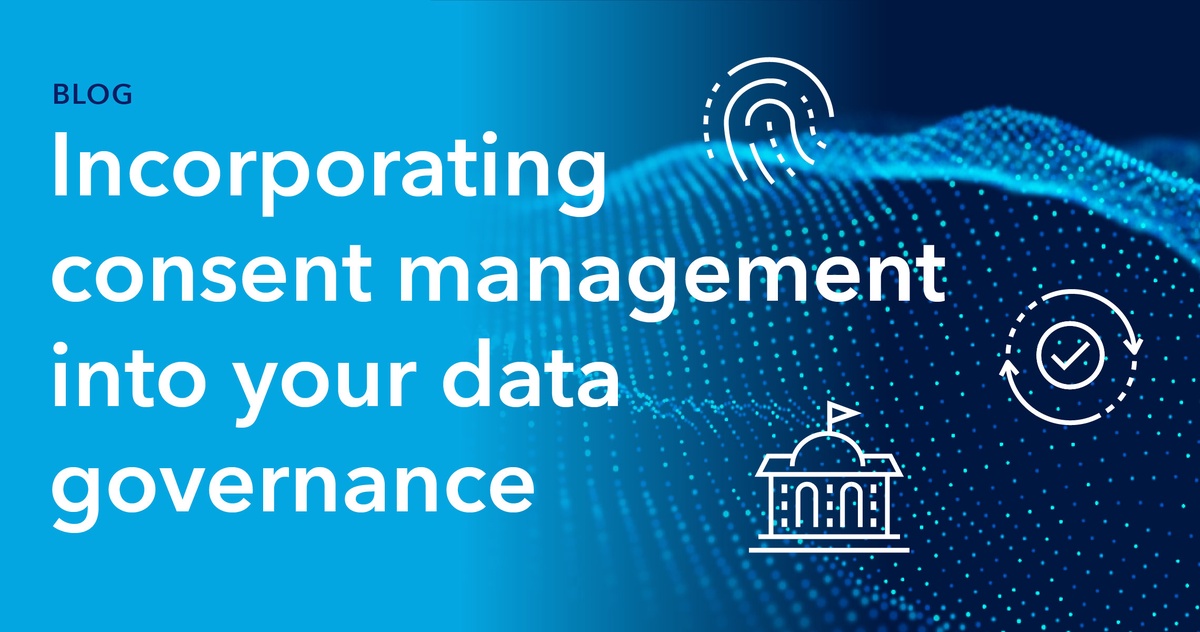While only really a feature of data functions in recent years, consent management has become a major talking point around GDPR compliance and other general data protection regulations. It’s also become the public’s most visible interface with data operations. In many jurisdictions, users are now asked to consent to their data being used when visiting a website, which has made data usage and methods for obtaining consent a major topic in public discourse.
Although the specifics vary, most data used generally must have been consented to beforehand, which means different datasets with different consent levels must be segregated and used only as permitted.
Without streamlining consent management and integrating it into DataOps, organizations waste significant time cleaning and parsing datasets for downstream users. Comprehensive consent management should be able to create a single source of truth for all data used throughout an organization, which improves efficiency and helps teams function with pared back data.
In most cases, organizations that fail to adhere to data permissions are considered untrustworthy. Since it’s now necessary to gain consent for data collection and use, being open and transparent about data usage and having a strong track record in data safety can enable organizations to access broader and more valuable data over time. Global governance on data security and consent certainly seem to be moving towards greater restrictions and regulation rather than less. While most current data legislation does not enforce consent protocols retroactively, it makes sense to limit future risk and complications by planning


No comments yet